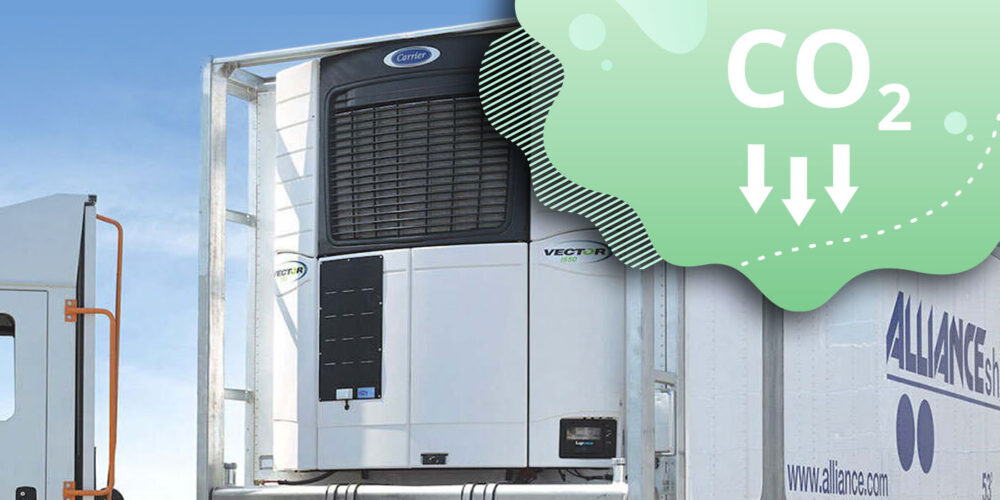Last month I discussed carbon footprint and some of the steps we Americans can take to reduce it. In the process of researching that column, I learned much more about greenhouse gases. Here is what I learned:
Greenhouse gases are those components of the atmosphere which allow short wavelength radiant energy (mostly visible light) from the sun to pass through them, yet absorb (trap) the longer wavelength energy (heat) radiated from the Earth. It’s a delicate balance. The sun radiates in sufficient energy to heat our planet to its present average temperature of 59 degrees F. Greenhouse gases trap a portion of the Earth’s radiated heat energy and function similarly to insulation. Without greenhouse gases it is estimated that the Earth’s average temperature would be no more than 0 degrees F.
The other side of the coin is that greenhouse gases have been increasing since the Industrial Revolution, slowly raising the Earth’s mean temperature. We actually don’t know at what point the Earth would be un-inhabitable, but atmospheric scientists are getting nervous because the Earth reached its highest recorded temperature in 2005, and it shows no signs of slowing down.
The major greenhouse gases, their relative greenhouse trapping effect, and their residence time in the atmosphere (atmospheric lifetime) are expressed in the following chart:
Water vapor is more beneficial than the other greenhouse gases, because it can actually react with CO2 and change its composition.
The greenhouse gas (GHG) of most concern is CO2 because it has been increasing steadily. CO2 levels were 260-280 parts per million (PPM) for the 10,000 years preceding the Industrial Revolution. CO2 increased 50 PPM the first 200 years after the Industrial Revolution, but the next 50 PPM increase only took 33 years. Now you can see why the scientists are nervous!
Major sources of greenhouse gases in the atmosphere are:
• Power stations 21%
• Industrial processes 17%
• Transportation fuels 14%
• Agricultural byproducts 12%
• Fossil fuel production 11%
Transportation fuels are only third on the list, but at least a portion of the retrieval, processing and distribution of fossil fuels should be added to the 14 percent. Light-duty vehicles account for 60 percent of the CO2 generated by burning fossil fuels, while heavy-duty trucks account for only 20 percent. Ships and trains are particularly bad offenders, but their numbers are relatively small. Notice how long CO2 can stay in the atmosphere! Methods of reducing atmospheric CO2 include photosynthesis, contact with water and reducing the carbon content of fuels.
Methane (CH4) is the second largest greenhouse gas we know how to influence. Primary sources of methane are:
• Agricultural byproducts 40%
• Fossil fuel products 30%
• Waste disposal 18%
Again, the amount of methane in the atmosphere can be decreased by reducing the carbon content of transportation fuels. This is why biofuels (biodiesel and ethanol) have received so much attention lately.
However, a very dangerous practice in Brazil is the deforestation of land to plant corn, soybeans, etc., for biofuels. Scientists now suspect this actually increases greenhouse gases.
The important thing to remember here is that global warming is a fact that is no longer being debated by our atmospheric scientists. We have a problem, and we have to deal with it! The U.S. didn’t sign the Kyoto Protocol primarily because it excluded India and China as developing nations, but we must somehow gather them up in the process and start working toward a solution. Otherwise, we’ll all be taking a lot of heat for our inaction!












